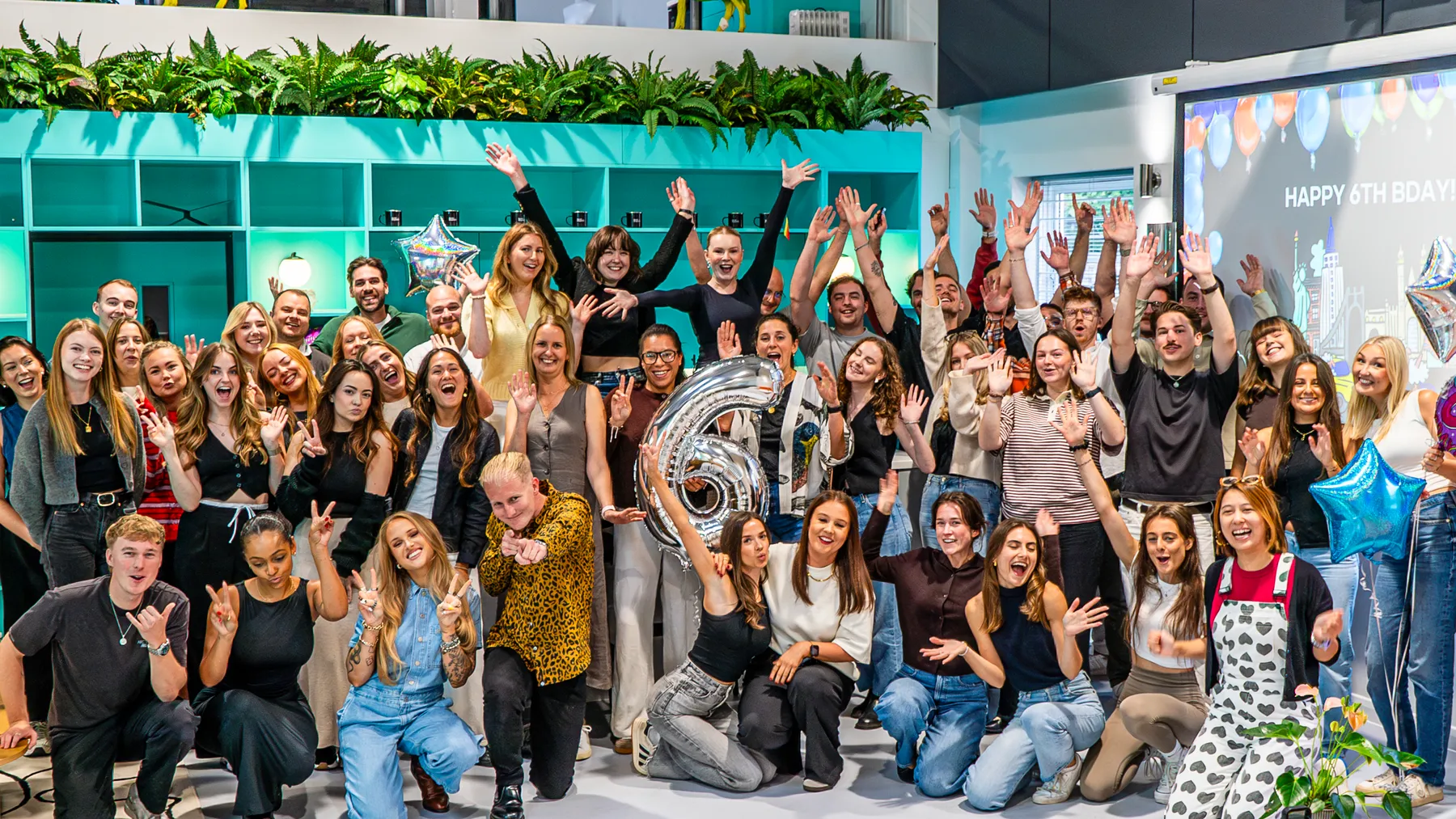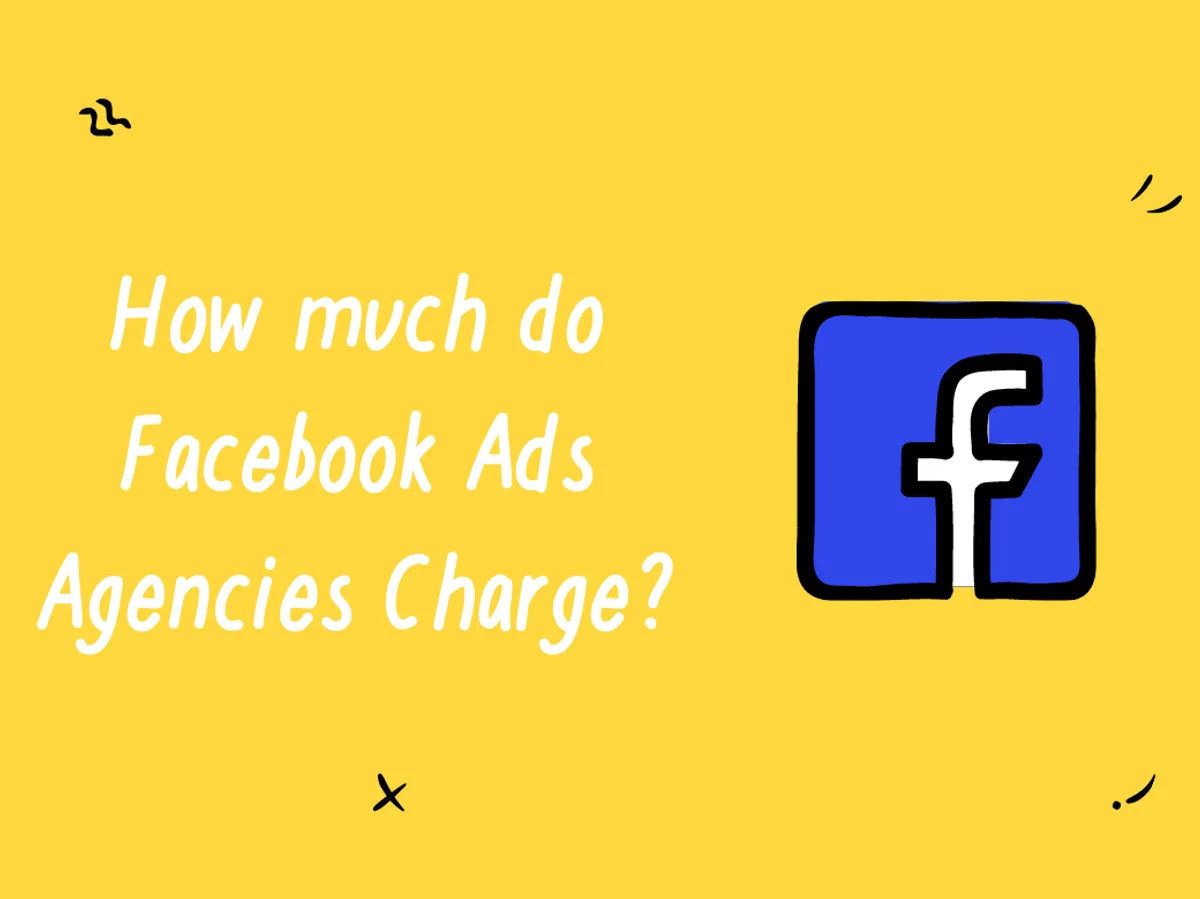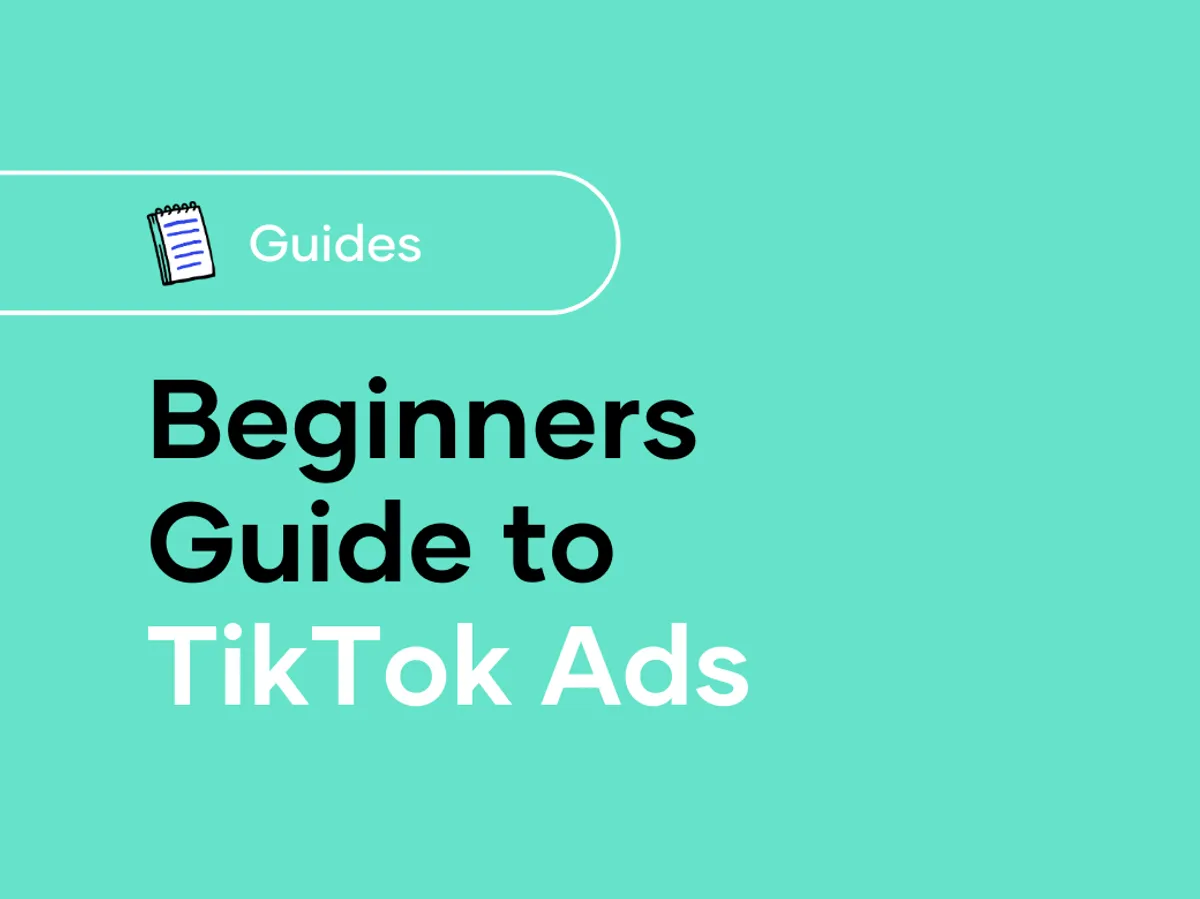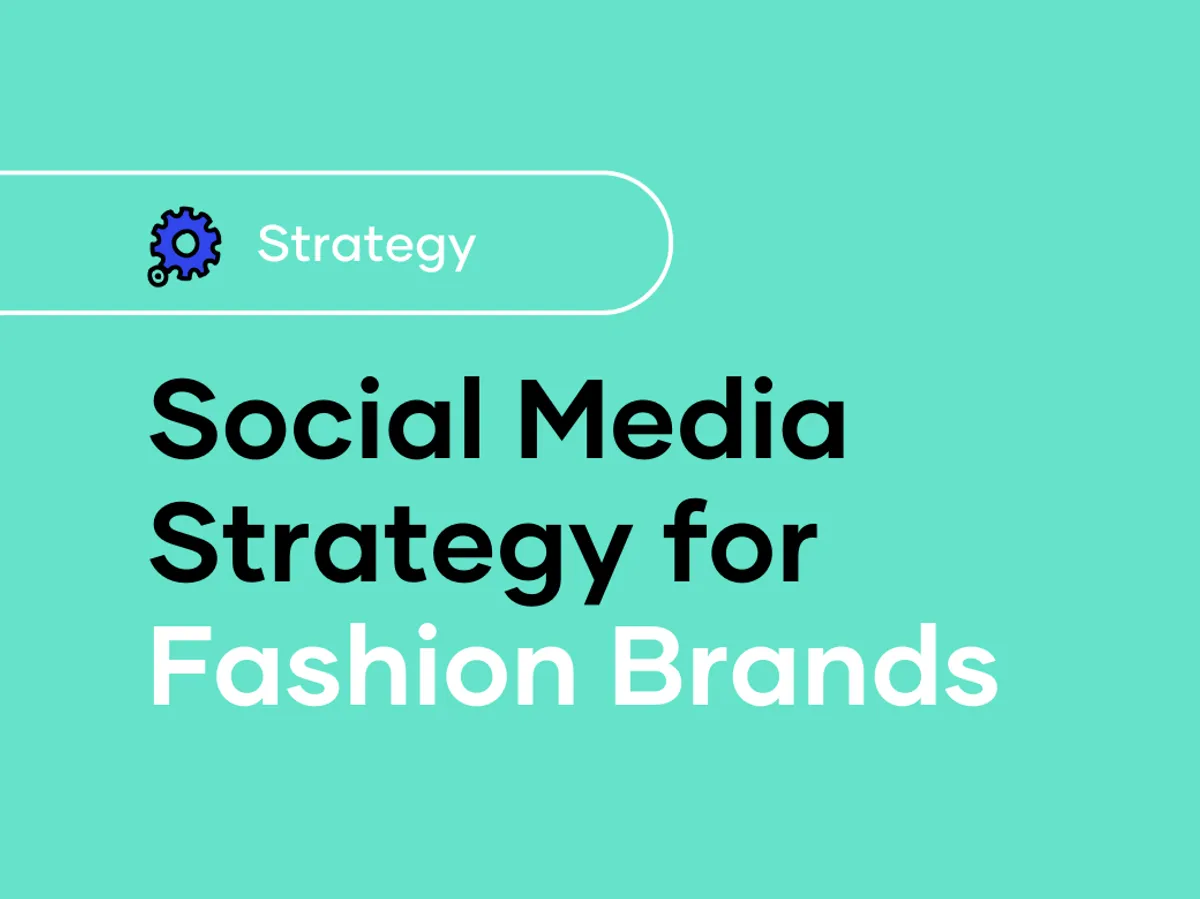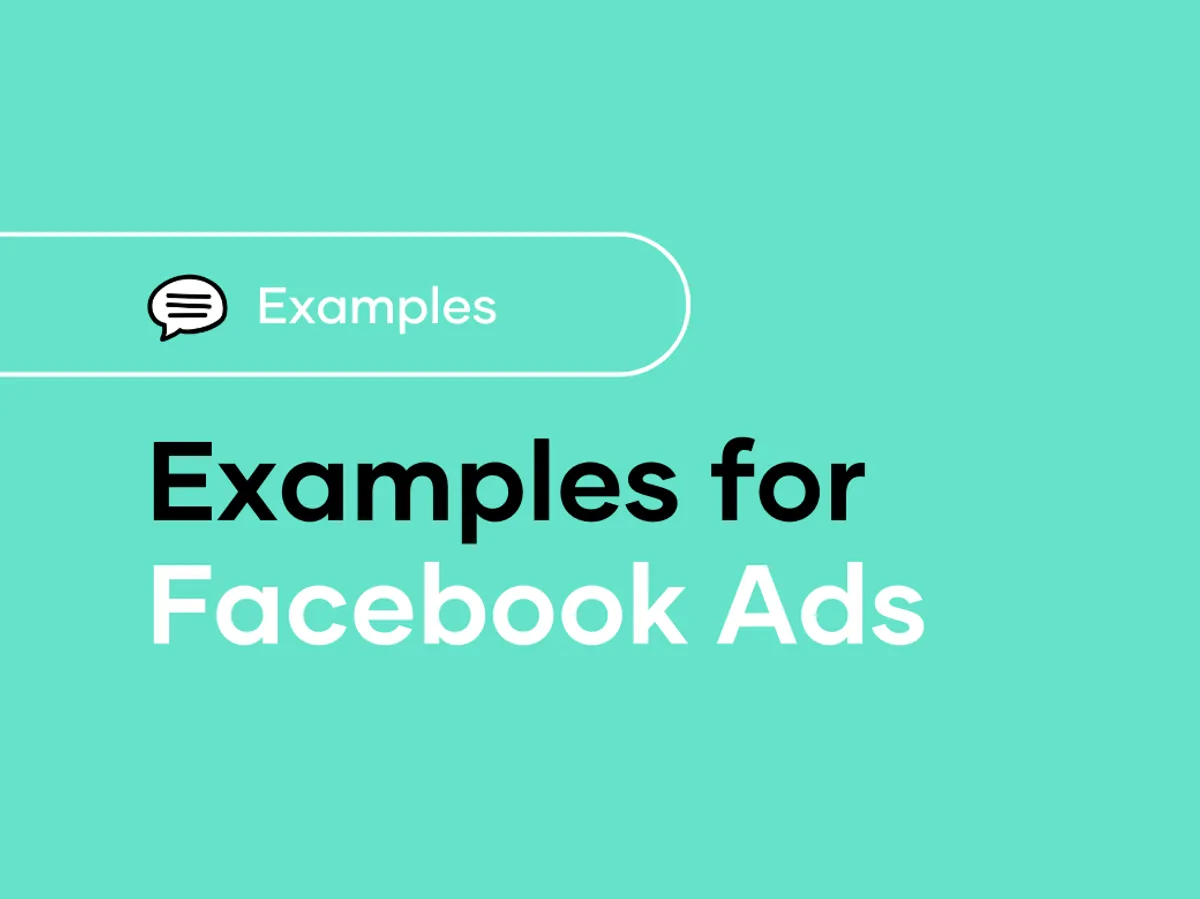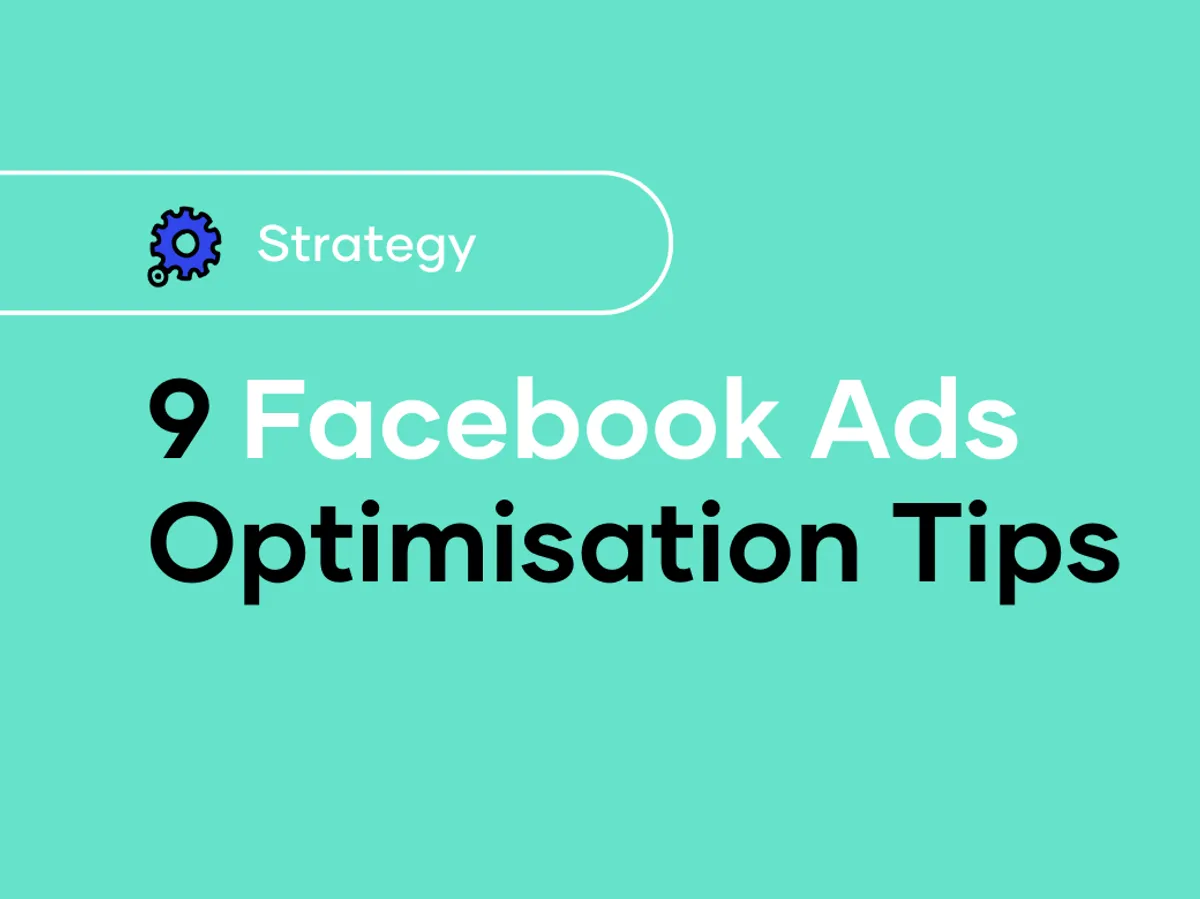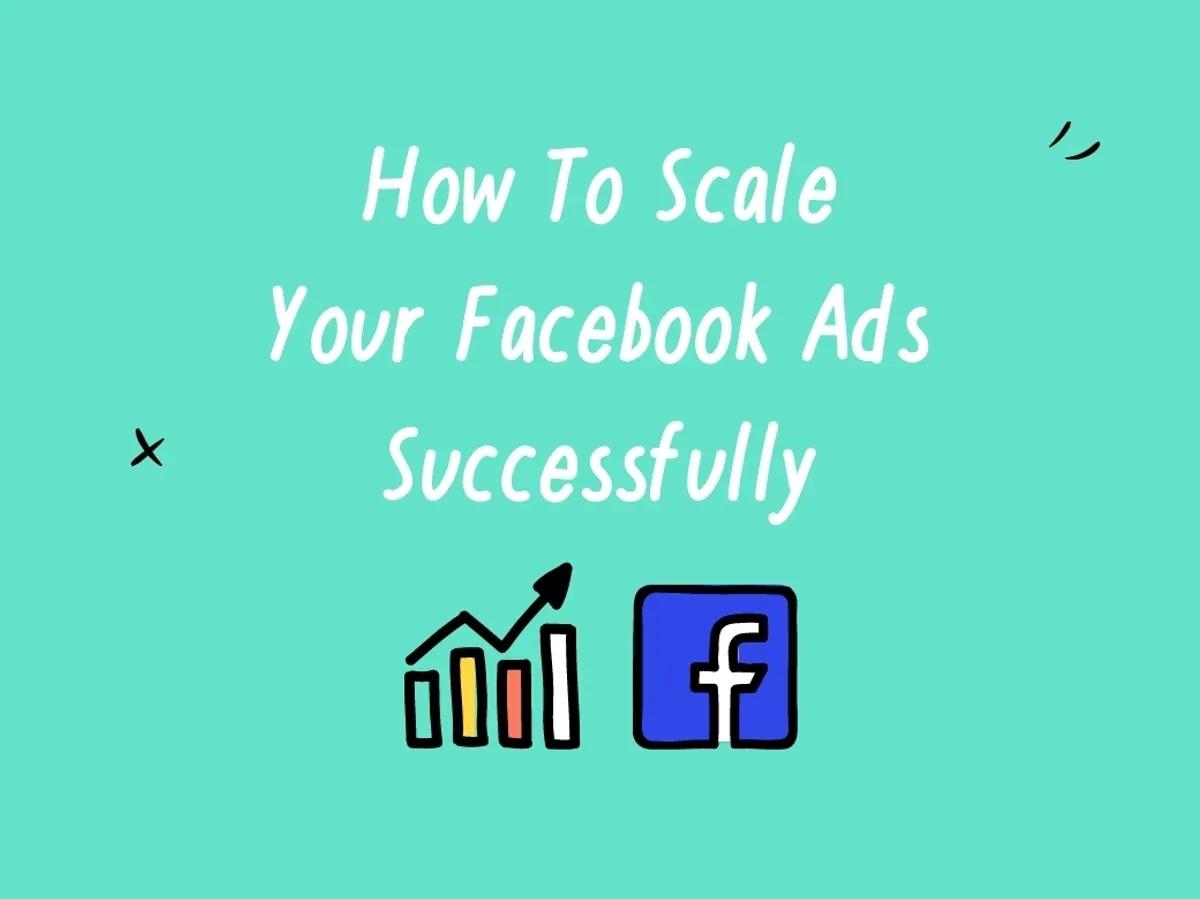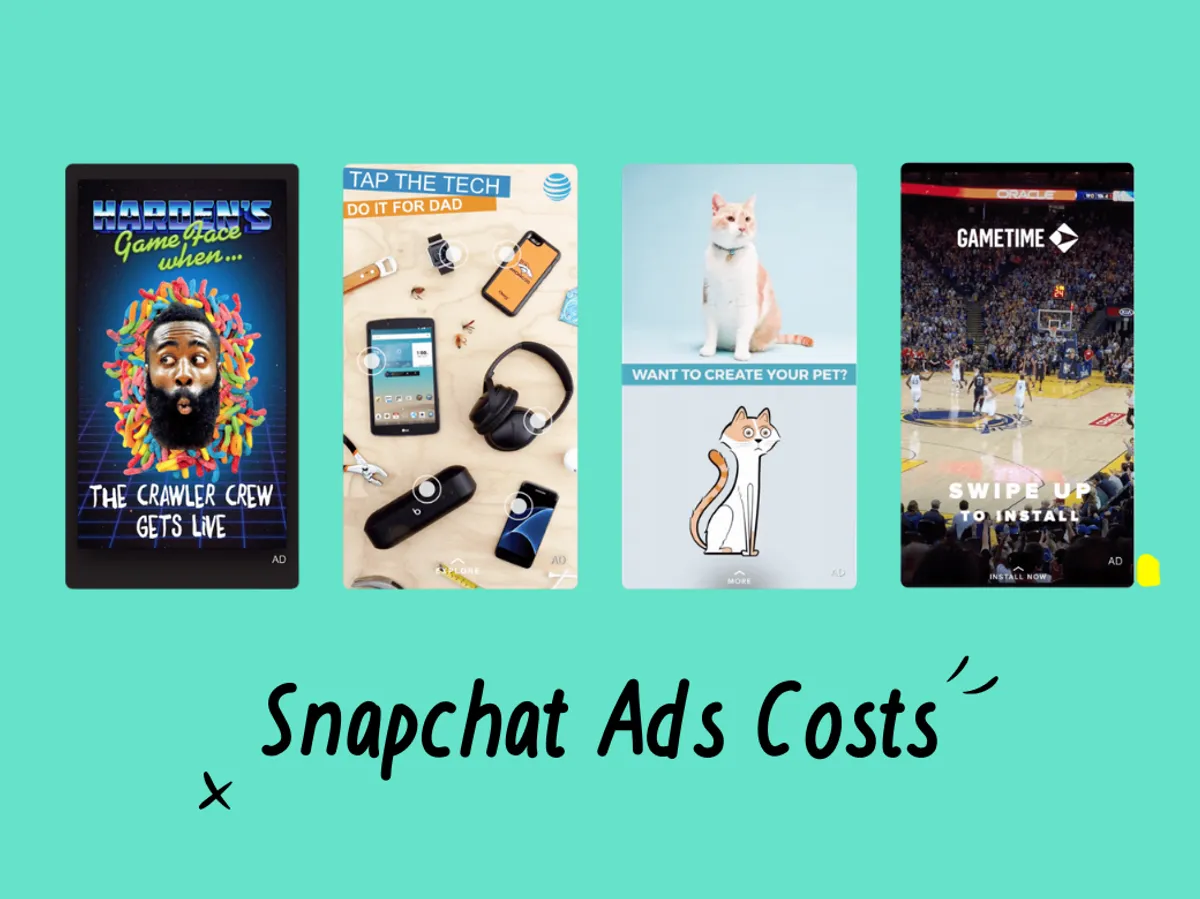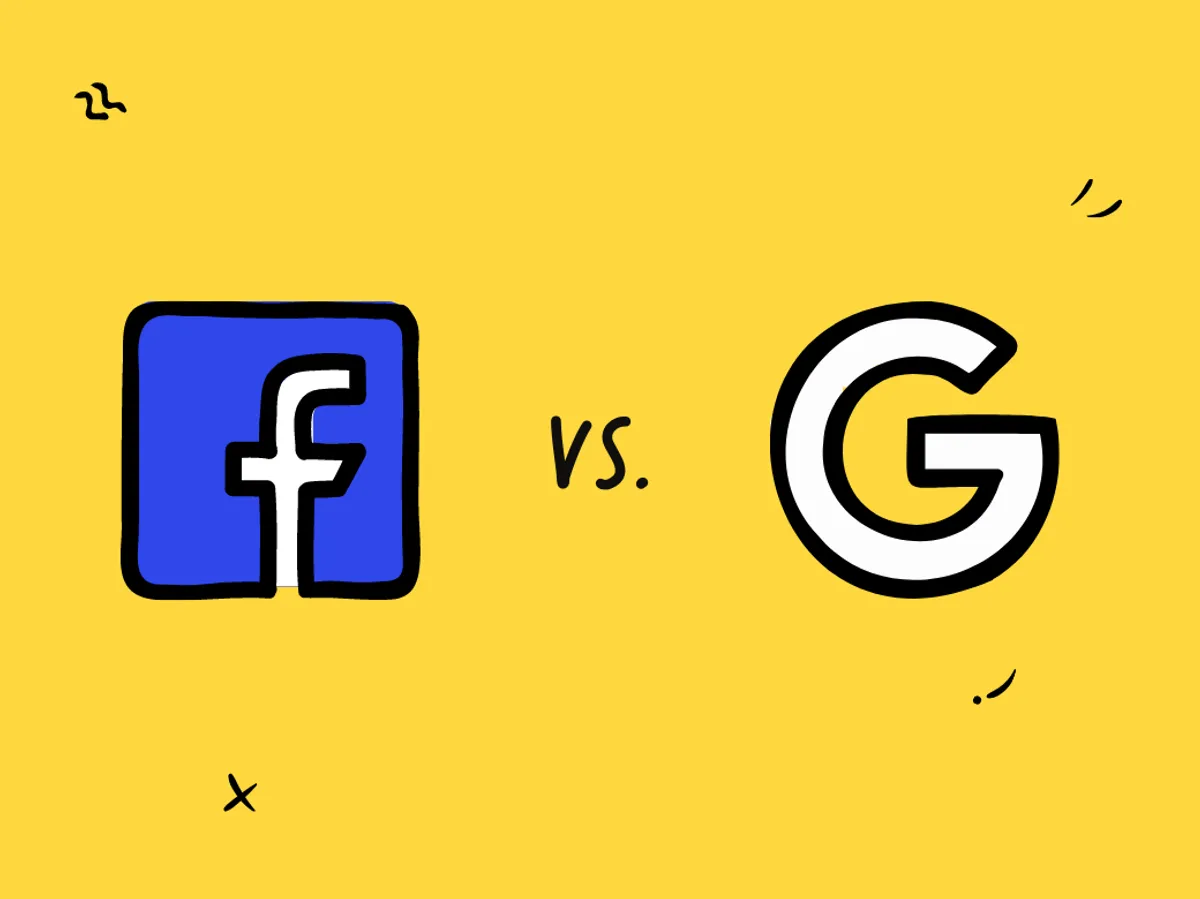Are Facebook Ads Worth It? Advantages & Disadvantages of Facebook Advertising

Contents
With all the bad press and a number of your friends deactivating their accounts, it's easy to think that Facebook has run its course.
But the mighty hasn’t fallen, far from it. Advertising on Facebook remains as strong as ever.
To prove it, here are the recently achieved results for one of our clients:
With ROAS like that, it’s safe to say that Facebook advertising is FAR from dead.
As a Facebook Advertising Agency, we’ve spent over £2 million per year on Facebook ads and have seen similar success stories across the board.
So if you want to use Facebook to reach a wider audience, generate new leads and convert more customers - Facebook ads are 100% worth it. In fact, Some companies need to invest in highly organised campaigns with well-produced creatives to stand out from their competition.
In this blog, we’ll show you the advantages and disadvantages of Facebook ads to paint a clearer picture of the state of Facebook advertising in 2021.
Stay up to date
The benefits of Facebook Ads
With 2.74 billion monthly active users and counting, Facebook still holds its most significant advantage: Scale.
It’s the world’s third most visited website, only beaten by Google and Youtube. If somebody is online, the chances are, they’ll visit Facebook. If they don’t, they’ll probably visit Instagram, owned by, you guessed it, Facebook.
The reach Facebook gives advertisers are still unparalleled, and it’ll likely stay this way for a long time.
To reach this massive audience, advertisers use placements. Placements are where your ads will show, and Facebook has A LOT of them on offer.
Here are all of the ad placements Facebook offers.
- Feeds
These ads appear as people scroll through their Facebook or Instagram feeds and inboxes on both mobile and desktop.
- Stories ads
Ads appear as full-screen vertical ads in between people’s stories.
- In-Stream ads
These appear while users consume video content on Facebook and Instagram.
- Search ads
These ads are shown alongside search results on Facebook and Marketplace.
- Message ads
These show as sponsored messages via Messenger
- In-article ads
These appear in Instant Articles within Facebook’s mobile app.
- Apps ads
These ads appear as native or video ads across apps on the Audience Network.
The list is pretty exhausting, with countless variations within each type of ad. It’s why we recommend using Automatic Placements. This displays your ads across all placements simultaneously for the same cost, optimising your budget.
Save yourself a lot of hassle with Automatic placements.
1. Targeting options
Facebook’s most potent benefit is perhaps the detailed targeting it offers you. Targeting allows you to efficiently spend your ad budget by breaking an audience down with factors such as demographics like age or location, ads they’ve clicked on, pages they engage with and even the mobile device that they use.
Using this data, you can pinpoint who to show your ads to. And, equally as necessary, who you DON’T want to see your ads. By targeting the right people, you’ll get higher conversions and more qualified leads.
With targeting, you can send specific ads to customers at different stages of the marketing funnel. For example, advertising a whitepaper or blog post to people who are likely to be at the top of the funnel. Then, as they go further down the funnel, you can advertise offers and products directly with much more success.
2. Custom Audiences
Custom Audiences lets you target people on Facebook who already know about your business. To create a Custom Audience, upload your first-party data, such as an email marketing list or a selection of previous customers.
Here are the sources you can use to build your Custom Audience:
Using your data, you can target specific segments within your existing audience, for example, customers who have purchased once but haven’t purchased again. Another option could be targeting customers with a high average order value with specific offers that they’re likely to want.
You can also use Custom Audiences to expand your custom by building Lookalike Audiences.
3. Lookalike audiences
Lookalike Audiences is a tool for finding a new audience that is very similar to your existing customers. By taking insight from your current audience, Facebook targets new audiences who are very likely to become customers.
Once you’ve built a custom audience, you can make a lookalike audience from it. For our Facebook ad campaigns, we start by targeting 1-3% of lookalikes. As these campaigns scale, we up the Lookalikes to 10%. This maximises the audience pool size and allows us to take advantage of Facebook’s machine learning to target the right audience pockets within that pool.
4. Robust Analytics
As the famed management consultant Peter Drucker said, “If you can’t measure it, you can’t improve it.”.
As campaigns are a process with lots of variables at play, analysing what’s working and what isn’t is vital. Facebook clearly lays out all the metrics relating to your campaign’s performance in Ads Manager to help you with this. The insight gained from this in-depth analysis is invaluable to an effective Facebook marketing campaign.
These metrics include post engagement, conversion rates, sales and so much more. Using this analysis, you can refine your ads and focus on what works to boost your return on ad spend.
5. Reach more people with paid
In 2021, organic reach isn’t as effective as it once was. It’s actively on the decline thanks to changes in Facebook’s algorithms.
Facebook is a pay to win system. For potential customers to know about your business and consume your content, you must use ads. And if you know how to target the right people and create the content they want to see, you’ll stand out amongst your competitors and squeeze a tremendous amount of value from your ad spend.
By using paid ads, your content will reach more people than you ever could organically. Paid ads also allow you to scale your marketing efforts with ease.
The drawbacks of Facebook Ads
While marketing on Facebook holds immense power and gives you unrivalled advertising opportunities, it’s not all sunshine and rainbows.
The competition is getting more fierce. And not just between advertisers, the big-tech companies are at each other’s throats, all wanting a slice of the same pie.
As a result, it’s becoming more and more complex and expensive to run an effective campaign.
1. iOS 14 updates
Consumers are becoming more aware of how Facebook uses their data, and they’re not happy with it. Apple knows this, and their iOS 14 updates are going to affect Facebook advertising directly. More specifically, they will require that apps in the App Store must prompt users that their data is being tracked, based on Apple’s definition of “tracking” in their AppTrackingTransparency framework.
This policy prohibits particular data collection and sharing unless users opt in to allow tracking, limiting your ability to view performance accurately. This makes it harder to target and personalise ads for iOS 15 users. As 94% of Facebook’s ad revenue comes from mobile devices, this move by Apple will surely sting.
However, this move is far from a killing blow for Facebook advertisers. Facebook is rapidly responding to the threat and you can adapt to these issues by keeping up to date with Facebook’s guidelines and adjusting your strategy. Not to mention, iOS only makes up 27.4% of the global mobile market, meaning there’s still a giant chunk of users who won’t be affected by these updates at all.
2. Increasing costs
It’s becoming increasingly expensive to advertise on Facebook. The main reason is increased competition. As more and more advertisers bid for space, the cost goes up. This is expected to rise year on year. However, advertising on Facebook is still relatively cheap compared to other advertising methods.
To overcome this, you must take full advantage of the analytics to become more specific with your targeting. Uncover niches and test variables that your competitors aren’t.
Because of the increased competition and cost, your creatives’ quality is now more critical than before. Brands can’t get away with weak creatives that target a broad audience. To convert, you must create ads that grab their attention and speak directly to their major pain points.
3. The learning curve
In 2021, it’s a lot harder (and more expensive) to start from scratch. Understanding what metrics matter, what changes to make, who to target and everything else requires a lot of trial and effort.
Marketing effectively on Facebook is a skill that takes a long time to master. Time which most brands don’t have. To solve this and save themselves hours of frustration and potentially thousands of wasted pounds, brands can hire a Facebook advertising agency and leverage their experience, knowledge and expertise in the subject.
What is the success rate of Facebook Ads?
93% of our eCommerce clients increase their return on ad spend when working with us.
Our success rate is so high because we’re a results-driven agency that works explicitly with eCommerce clients. For successful Facebook campaigns that boost your ROAS, you need solid creatives and deep media buying expertise. You never want to rely on boring product shots and pray they work.
When you work with The Social Shepherd, you gain access to our collective know-how and in-house production studio. Working with us, brands and local businesses and seen vast influxes of traffic, video views, engagement and brand awareness.

You might also like
Don’t be sheepish
let’s talk
